Traditional Chinese clothing is often associated with the "qipao" (also called the "cheongsam") in the West. However, Hanfu – the traditional clothing for Han Chinese, an ethnic group that makes up more than 90 percent of the Chinese population – is valued in China as the authentic form of historical clothing and has been seeing a resurgence in recent years.
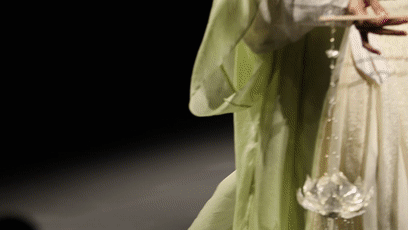
A Hanfu model walks the runway at a Hanfu fashion show during the 17th CICAF in Hangzhou, east China's Zhejiang Province. /CGTN
A Hanfu model walks the runway at a Hanfu fashion show during the 17th CICAF in Hangzhou, east China's Zhejiang Province. /CGTN
According to data from consulting agency iiMedia Research, China's Hanfu market was worth 6.36 billion yuan ($986.55 million approx.) in 2020. However, with the help of the government's vigorous promotion of traditional culture, capital inflow and increased recognition of ancient fashion, the Hanfu market is expected to exceed a staggering 10 billion yuan in 2021.
Young people, especially Gen Zers are the biggest fan base for Hanfu. In 2019, over 50 percent of China's Hanfu wearers were between 19 and 24 years old, followed by those aged 16 to 18, who accounted for 23.16 percent. Meanwhile, Hanfu wearers over 50 years old have the smallest share with only 0.04 percent in 2019. Among all fans, 85 percent of Hanfu are women and only 15 percent are men.
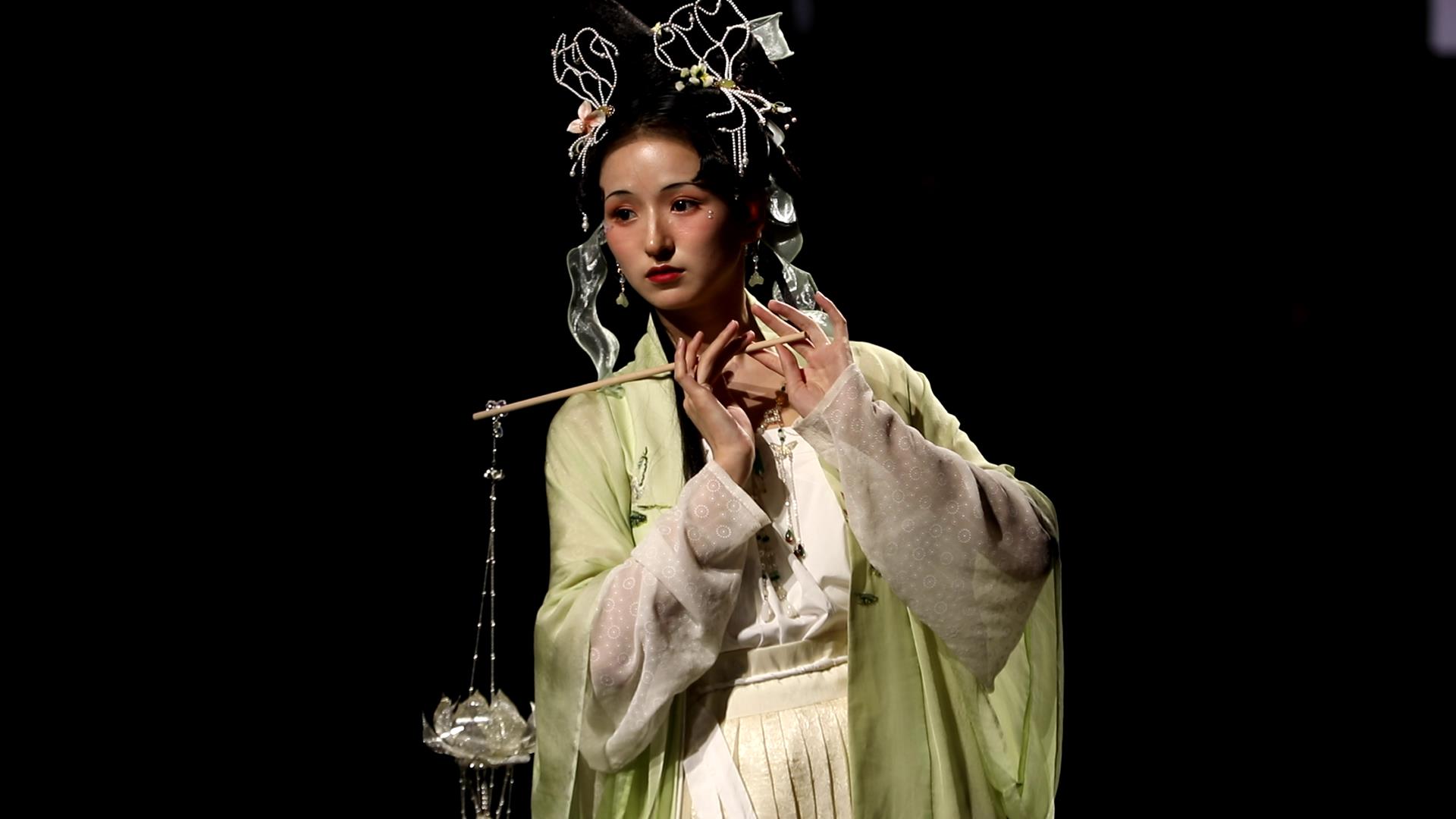
A model walks the runway at a Hanfu fashion show during the 17th CICAF in Hangzhou, east China's Zhejiang Province. /CGTN
A model walks the runway at a Hanfu fashion show during the 17th CICAF in Hangzhou, east China's Zhejiang Province. /CGTN
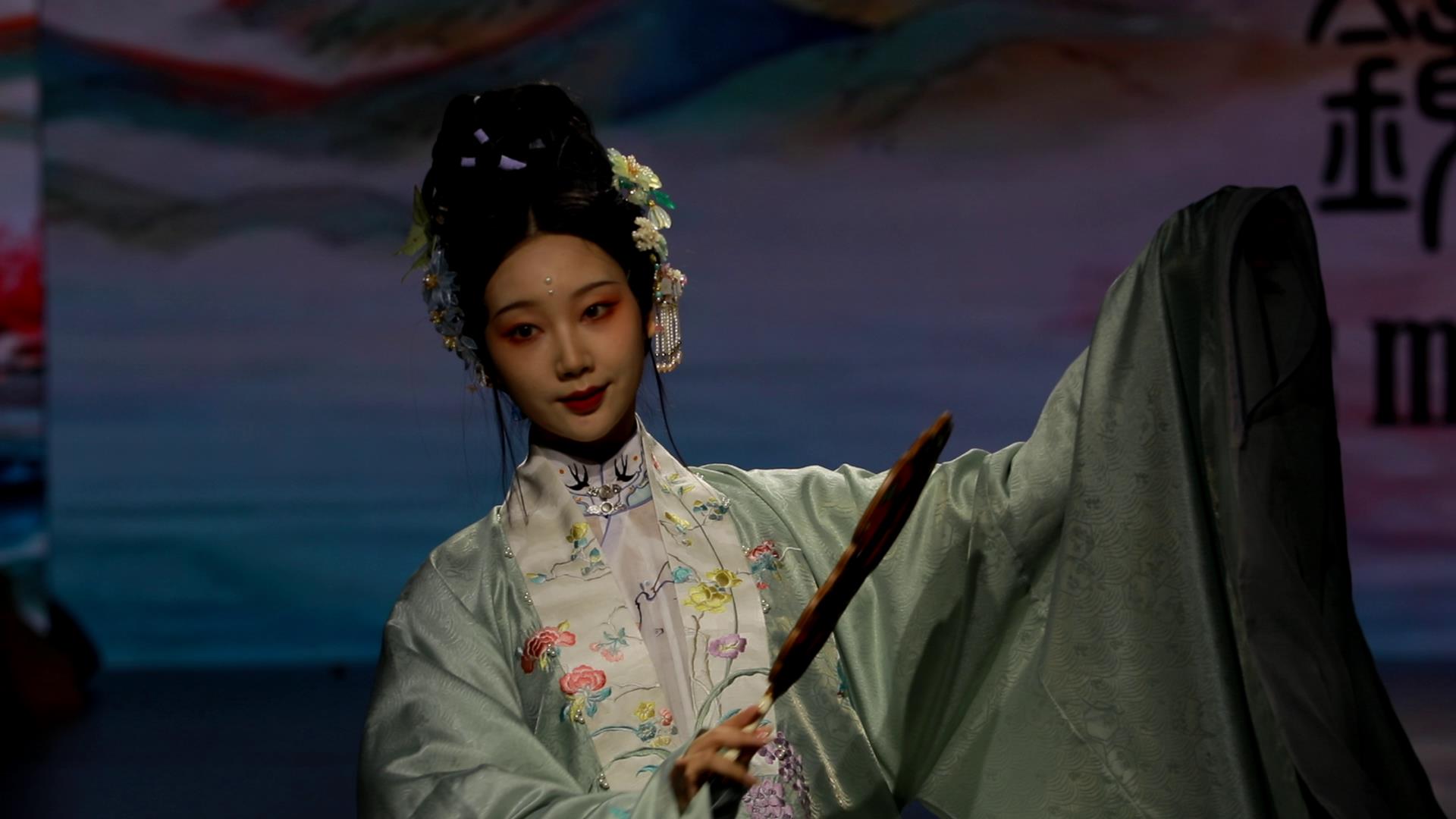
A model walks the runway at a Hanfu fashion show during the 17th CICAF in Hangzhou, east China's Zhejiang Province. /CGTN
A model walks the runway at a Hanfu fashion show during the 17th CICAF in Hangzhou, east China's Zhejiang Province. /CGTN
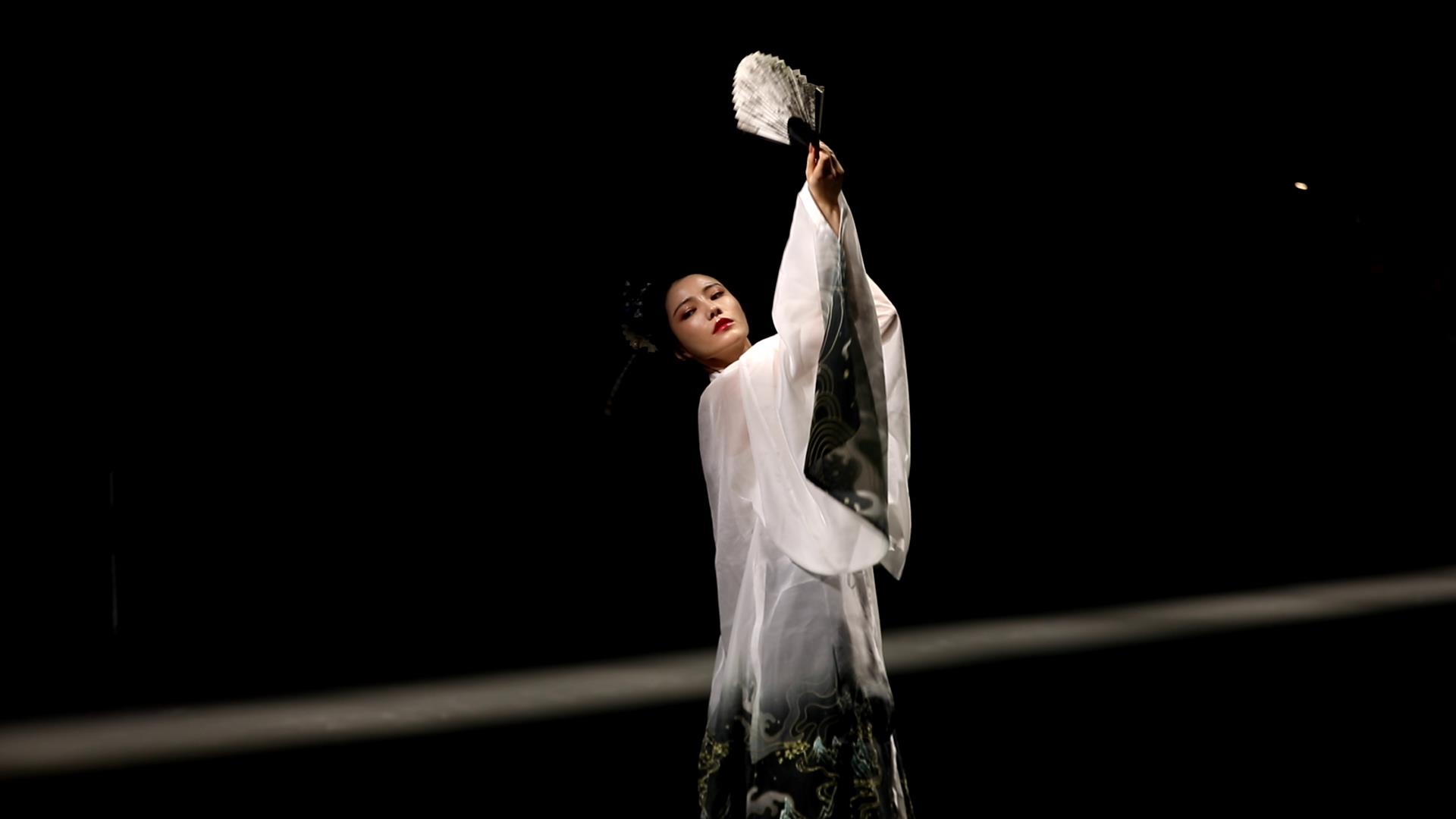
A model walks the runway at a Hanfu fashion show during the 17th CICAF in Hangzhou, east China's Zhejiang Province. /CGTN
A model walks the runway at a Hanfu fashion show during the 17th CICAF in Hangzhou, east China's Zhejiang Province. /CGTN
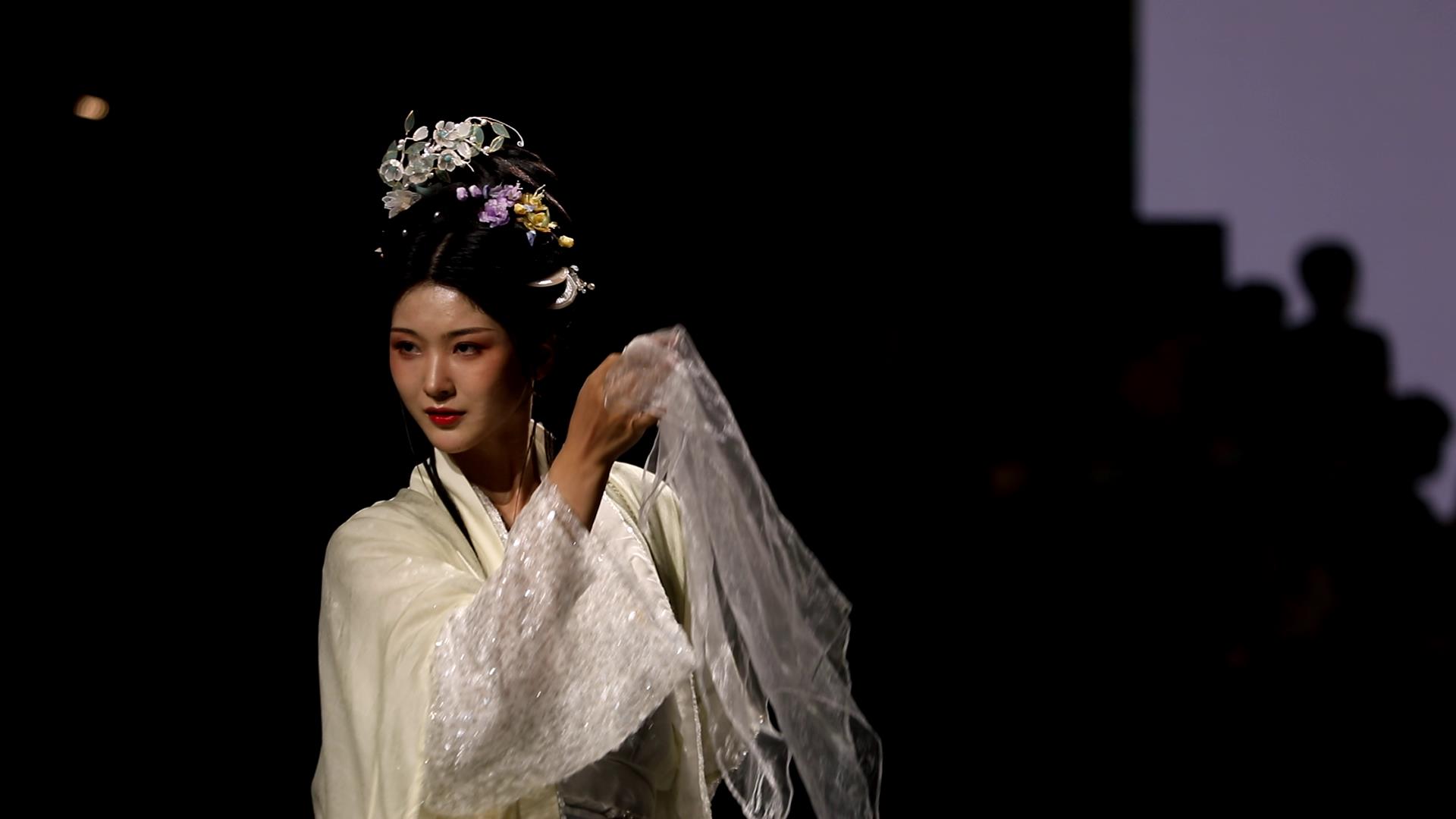
A model walks the runway at a Hanfu fashion show during the 17th CICAF in Hangzhou, east China's Zhejiang Province. /CGTN
A model walks the runway at a Hanfu fashion show during the 17th CICAF in Hangzhou, east China's Zhejiang Province. /CGTN
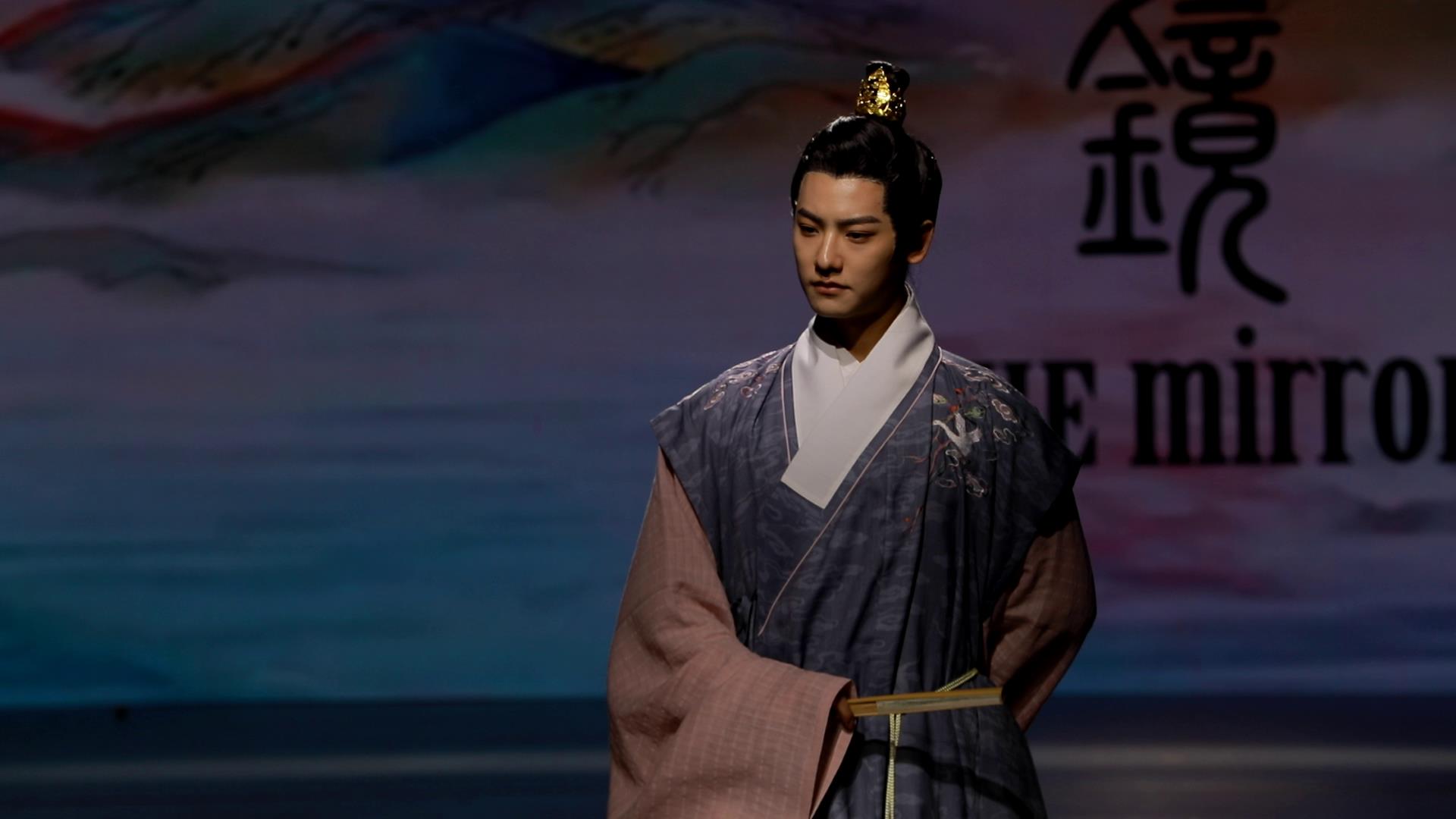
A model walks the runway at a Hanfu fashion show during the 17th CICAF in Hangzhou, east China's Zhejiang Province. /CGTN
A model walks the runway at a Hanfu fashion show during the 17th CICAF in Hangzhou, east China's Zhejiang Province. /CGTN
But things are changing this year. According to a report by iiMedia Research, the majority of Hanfu consumers are still predominantly women, who now account for 64.8 percent of the total. But the male fan base is growing, standing at 35.2 percent. Most of them (82.7 percent) hold a bachelor's degree and are getting slightly older as well, although young people are the mainstay. Consumers aged 26-40 account for more than 60 percent followed by those aged 26-30 (36.38 percent). Geographically speaking, 21.15 percent of consumers are located in eastern China, 17.1 percent in the north and 17.1 percent are in the southern part of the country. A little less than half (40.44 percent) live in first-tier cities.
At the 17th China International Cartoon & Animation Festival (CICAF), one of the largest events on Asia's animation calendar, in Hangzhou, CGTN spoke with a group of Hanfu models and content creators aged 18 to 77.
Liu Weixiu, or Hanfu Grandma, is 77 years old. She used to be a Peking Opera performer but is now focused on her Hanfu modeling career. A collection of pictures of her in Hanfu made her an internet celebrity. At the event, she was accompanied by 18-year-old Chen Jiawei who's been engaged in the industry for almost five years, and has 8 million followers on his social media platforms. During the past year, he's been walking the runway in Hanfu, along with Hanfu Grandma. Together, they portray a grandmother-grandson duo. He also helps the septuagenarian deal with fans, big stages and media.
04:24
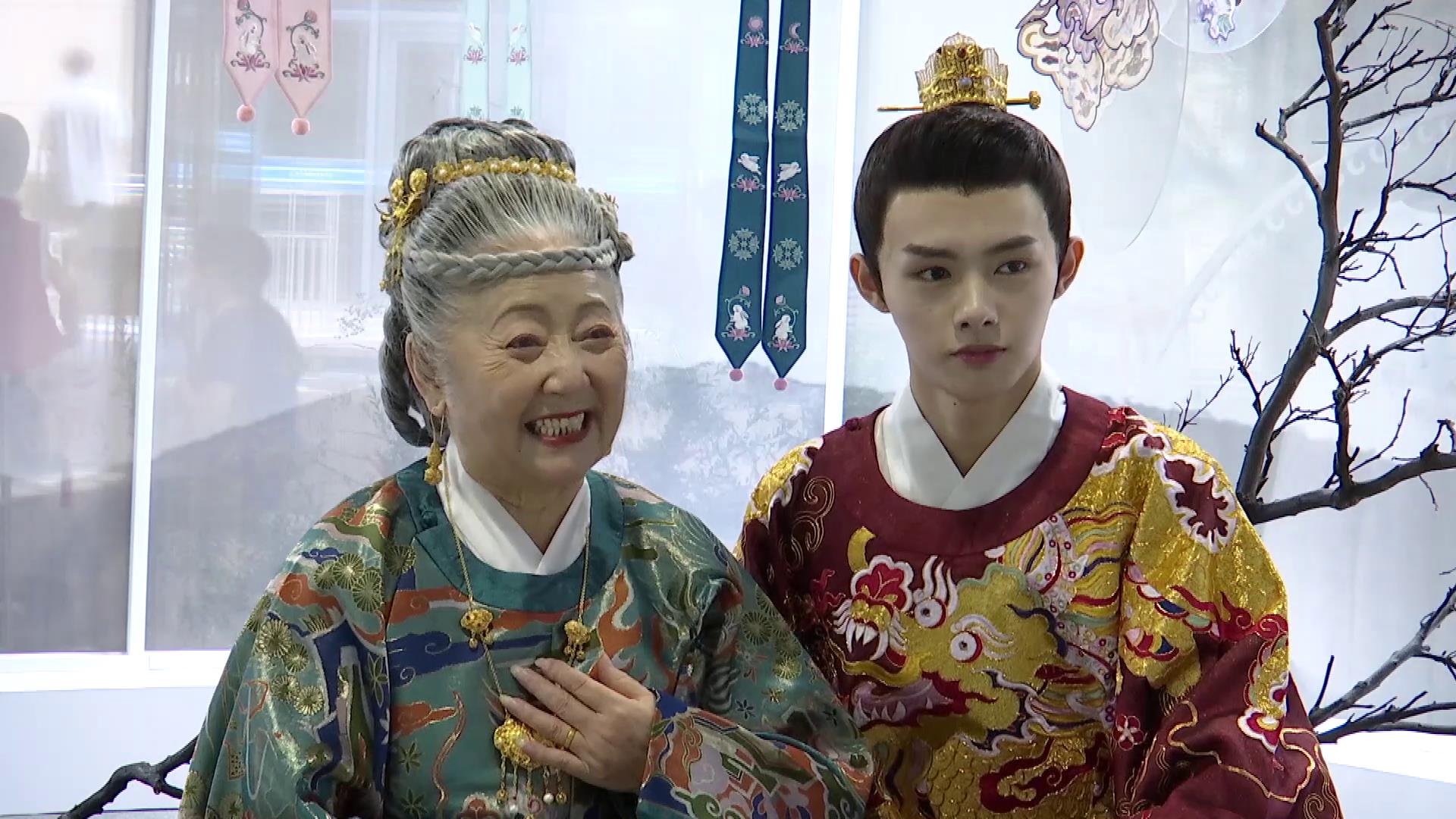
Shenshang is the stage name of a content creator who was inspired by a verse written by famous poet Du Fu:
We have been unable to see each other for so long
We have been like morning and evening stars that never meet in the sky
She thinks the current popularity of Hanfu culture stems from Chinese people's increasing cultural self-confidence.
03:00
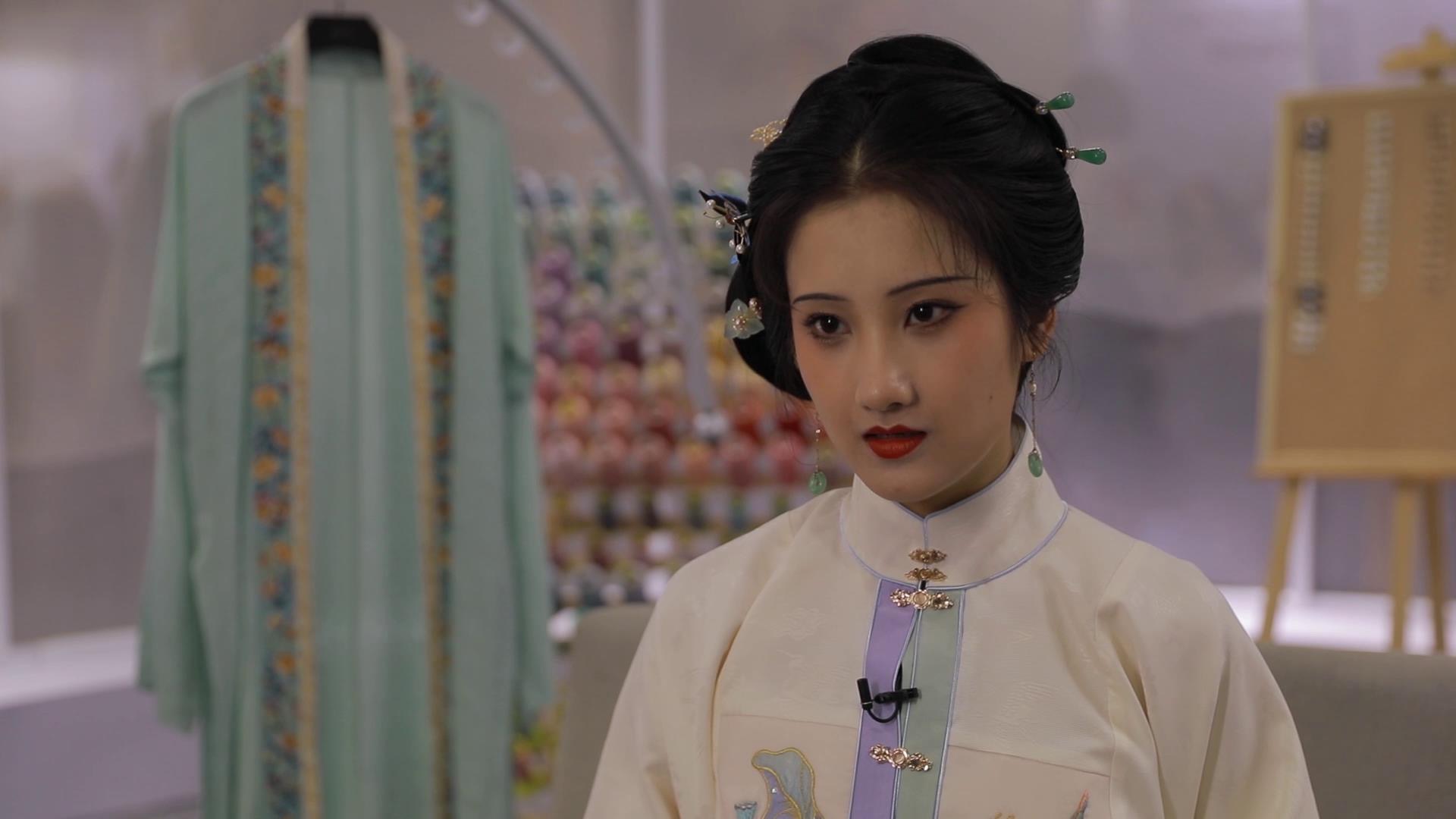
Shenshang spends most of her time in Hangzhou and Chengdu, making videos dressed in Hanfu and attending Hanfu catwalk events. She says these two cities are tolerant and people don't judge Hanfu wearers walking on the street.
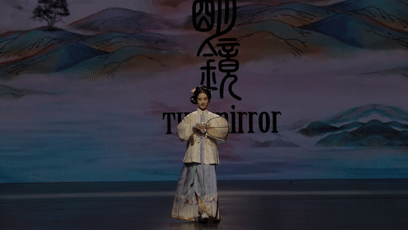
Chinese content creator Shenshang performs at a Hanfu event during the 17th CICAF in Hangzhou, east China's Zhejiang Province. /CGTN
Chinese content creator Shenshang performs at a Hanfu event during the 17th CICAF in Hangzhou, east China's Zhejiang Province. /CGTN
The increased acceptance of this fashion trend in big cities has been a boon for clothing manufacturers. According to data from iiMedia Research, most stores selling Hanfu outfits are located in Xi'an, Chengdu and Hangzhou. And there are currently more than 3,000 Hanfu companies in the country.
According to a consumer survey released earlier this year, 47.5 percent of Hanfu consumers have between two to four sets of outfits. Social media, especially Chinese Twitter-like platform Weibo and Douyin, the Chinese sister app of TikTok, are the channels for nearly 60 percent of consumers to access Hanfu information and become promoters of Hanfu fashion, an important way to popularize the Hanfu culture.
02:34
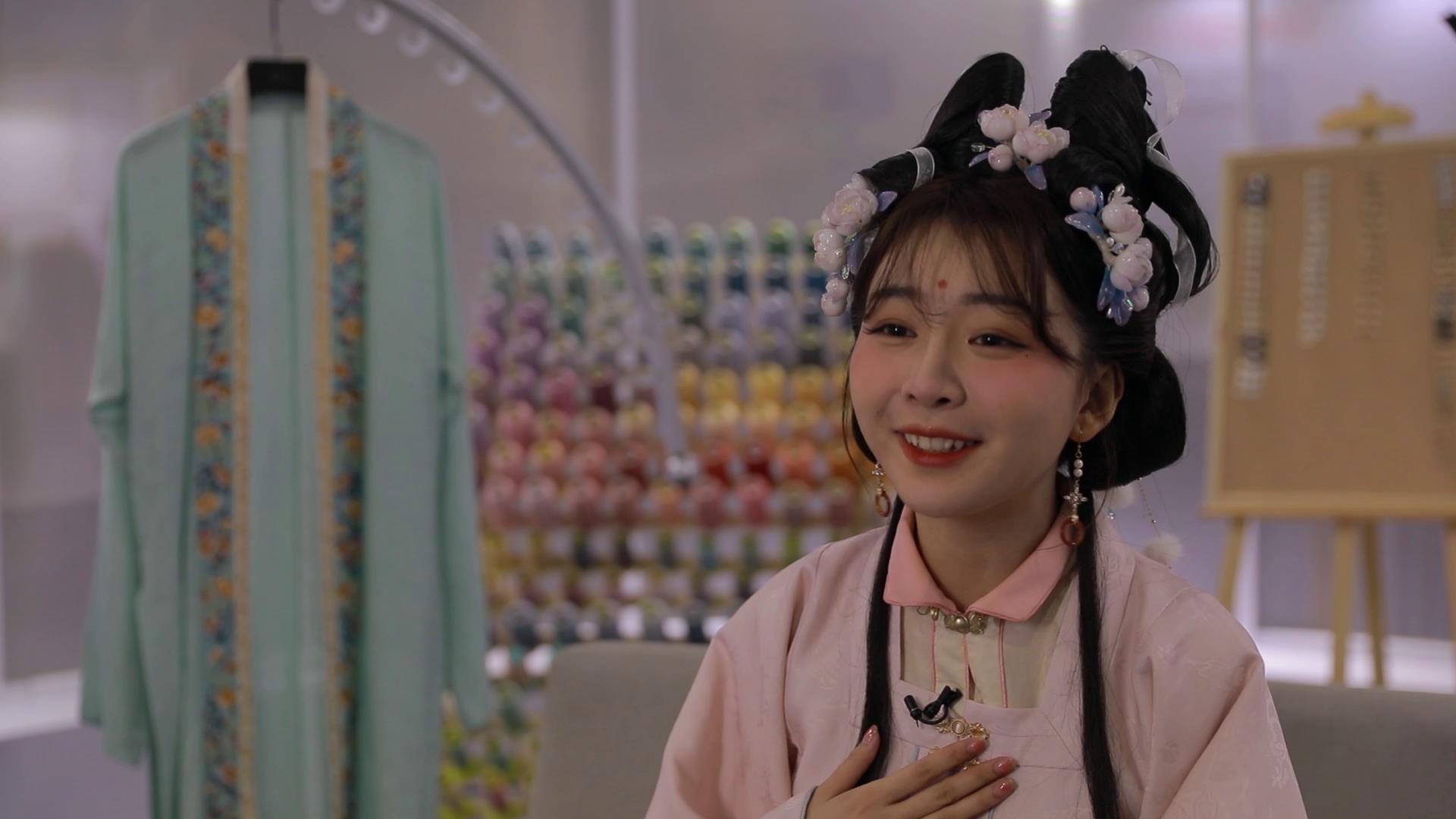
CGTN also spoke to content creator Chen Cuo, who has 1.9 million fans on Weibo. She developed her love for Hanfu when she was very young. As a kid, she liked the costumes in historical dramas and used to wrap herself in bed sheets and pretend she was in a palace. She started taking pictures of herself in Hanfu during high school after seeing other bloggers doing so, and became a promoter of Hanfu herself online.
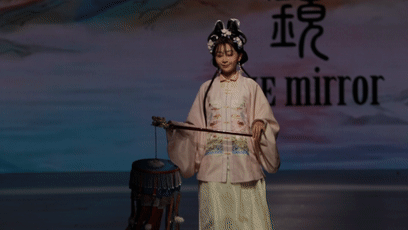
Chinese content creator Chen Cuo performs at a Hanfu event during the 17th CICAF in Hangzhou, east China's Zhejiang Province. /CGTN
Chinese content creator Chen Cuo performs at a Hanfu event during the 17th CICAF in Hangzhou, east China's Zhejiang Province. /CGTN
Statistics show that most Chinese netizens have a positive attitude towards Chinese national quintessence. 68.2 percent of online users believe that traditional Chinese culture should be inherited and promoted. At the same time, the Chinese public has a low level of understanding of Hanfu. The proportion of people who have general knowledge of Hanfu stands at 42.5 percent. Analysts believe that with the gradual popularization of Hanfu culture, widespread understanding of Hanfu will increase, driving the development of Hanfu culture and industry.
Full-time Hanfu model Qingyin told CGTN that she's optimistic about the future of Hanfu. She said Chinese people are increasingly freeing their minds and thinking outside the box. So they are more inclined to accepting traditional arts. In fact, she thinks beautiful things are accepted by everyone.
02:37
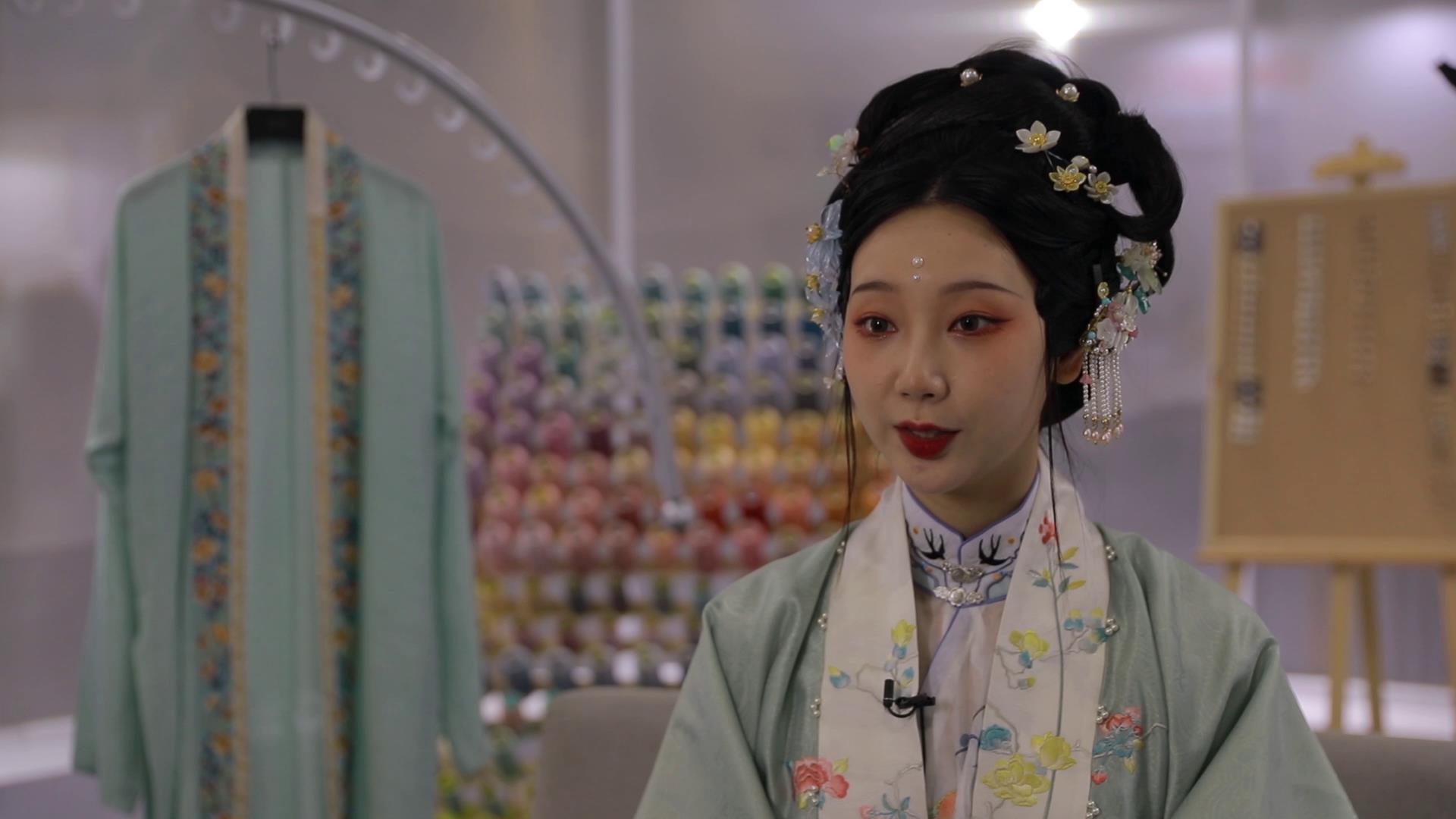
She also said China's Gen Z is learning about Chinese culture and history through Hanfu. She herself started to learn about interesting history bits from different dynasties because of Hanfu. For example, many people might have stereotypes about some dynasties, but through research she has learned very novel and interesting stories.
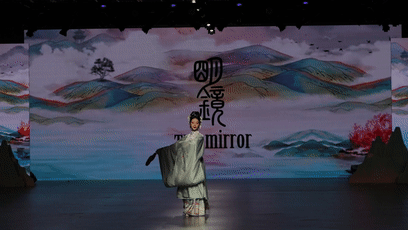
Full-time Hanfu model Qingyin performs at a Hanfu event during the 17th CICAF in Hangzhou, east China's Zhejiang Province. /CGTN
Full-time Hanfu model Qingyin performs at a Hanfu event during the 17th CICAF in Hangzhou, east China's Zhejiang Province. /CGTN
Reporter: Zhang Xiaohe
Photographer: Gao Shengwei
Video editor: Wu Chutian

